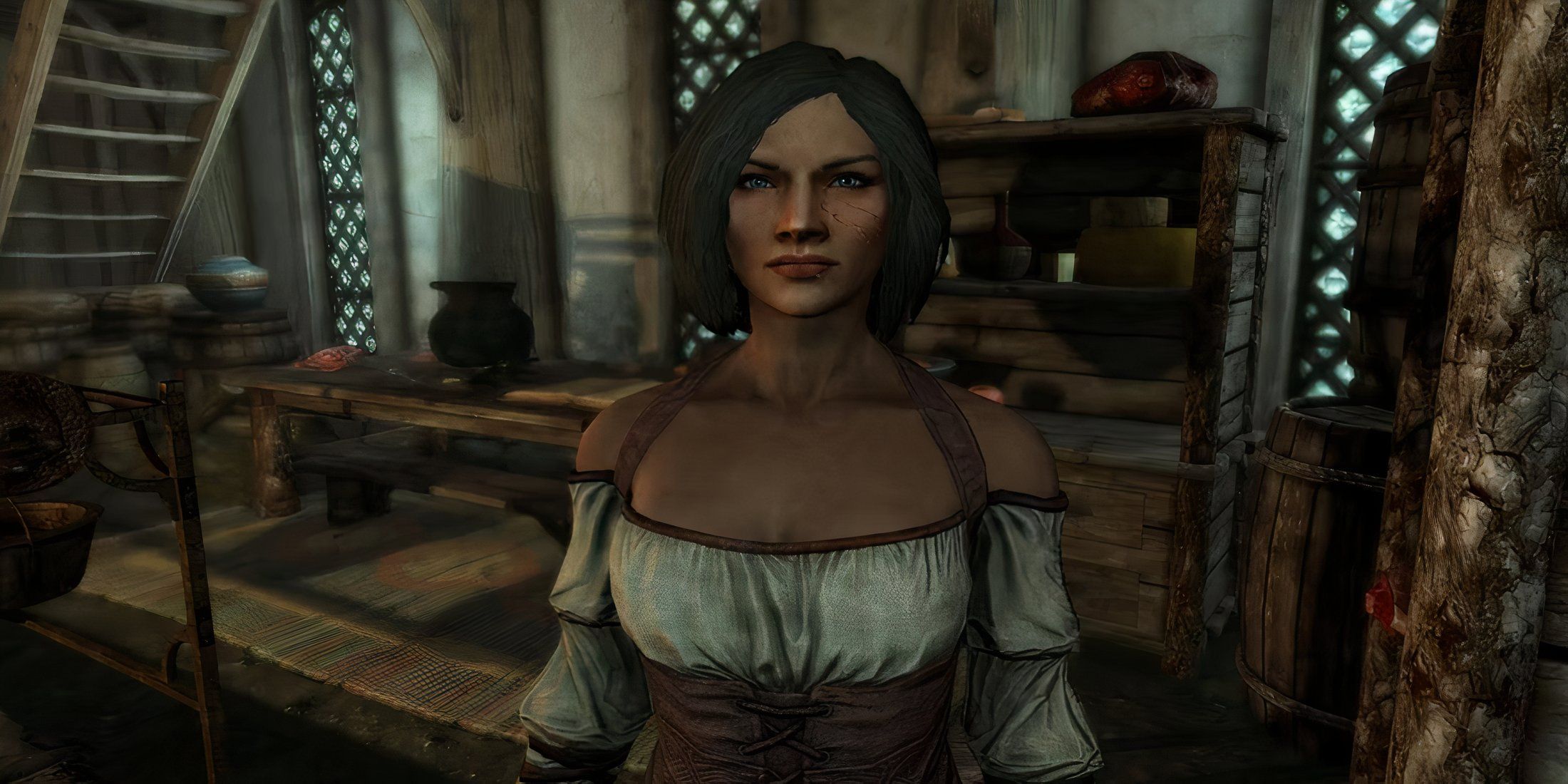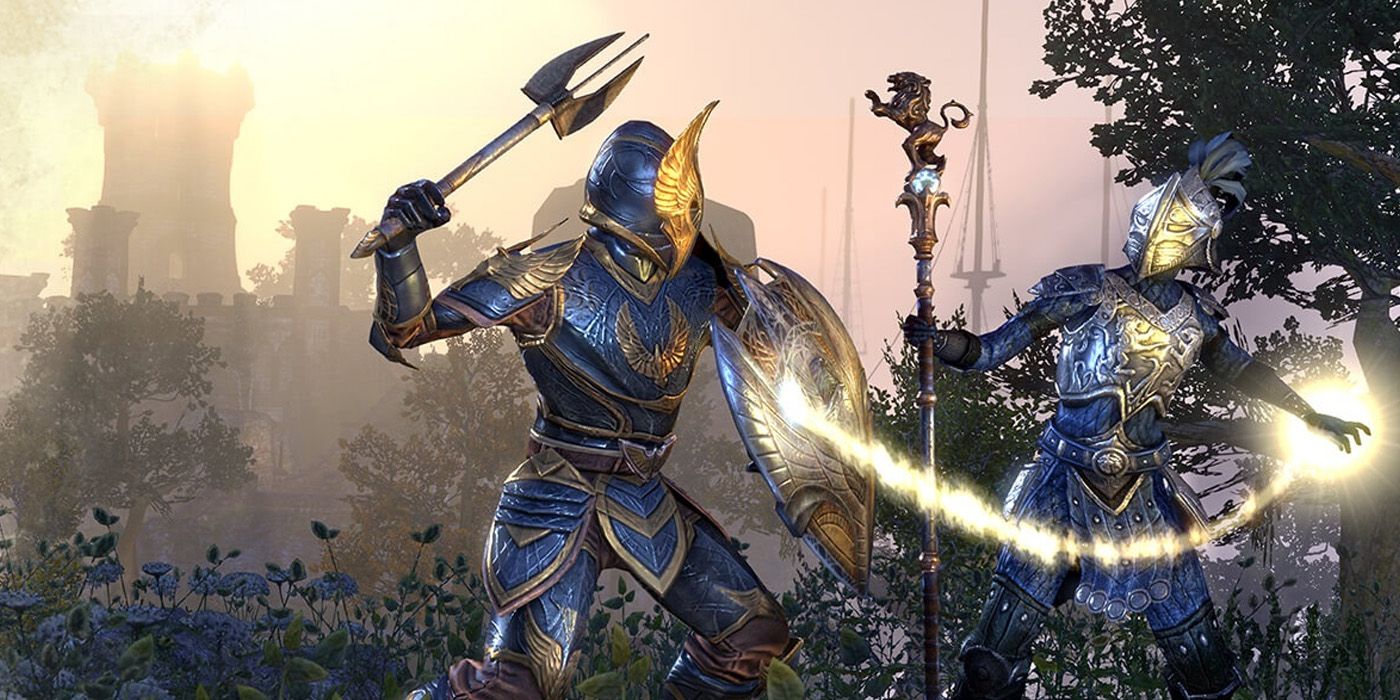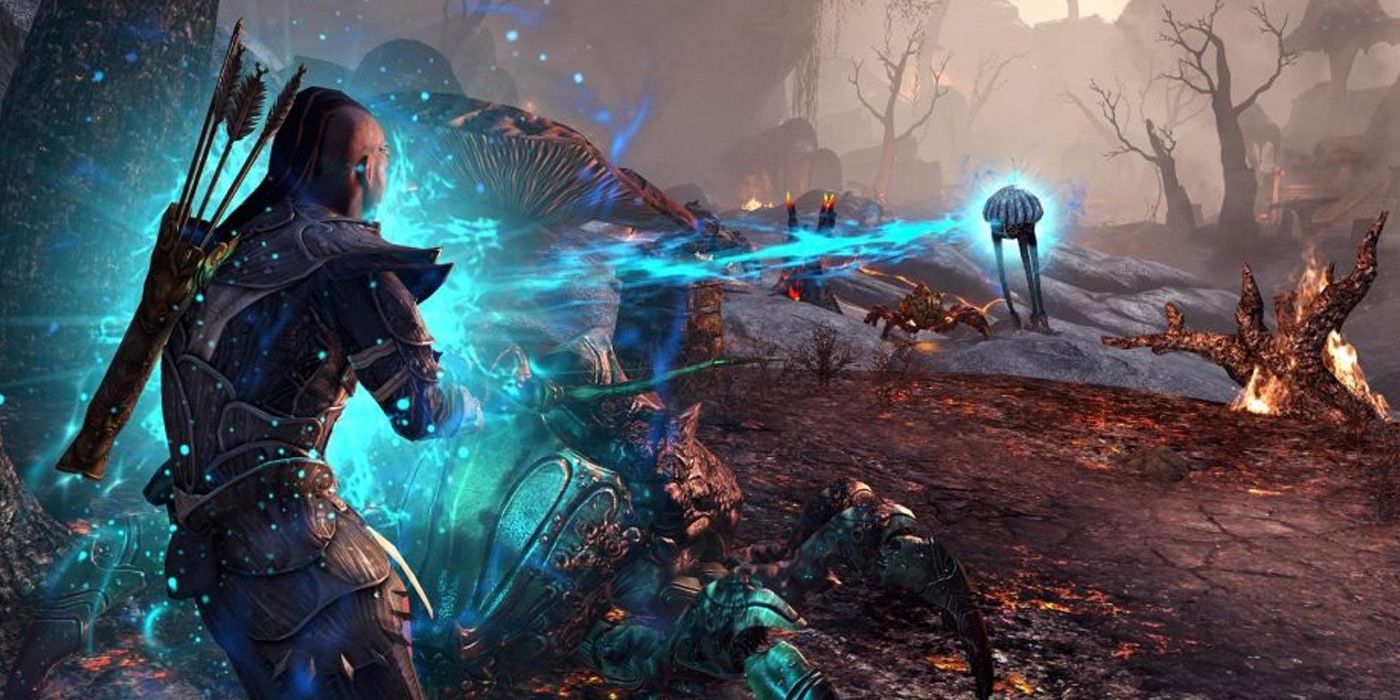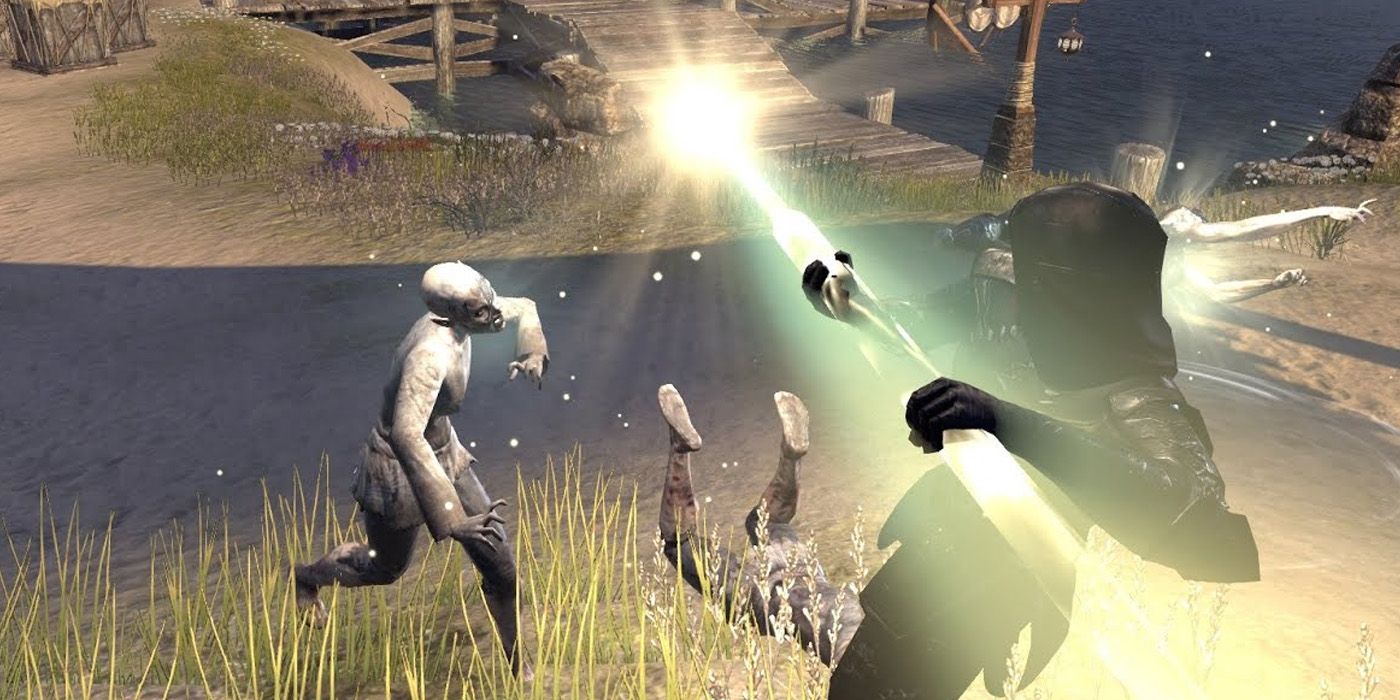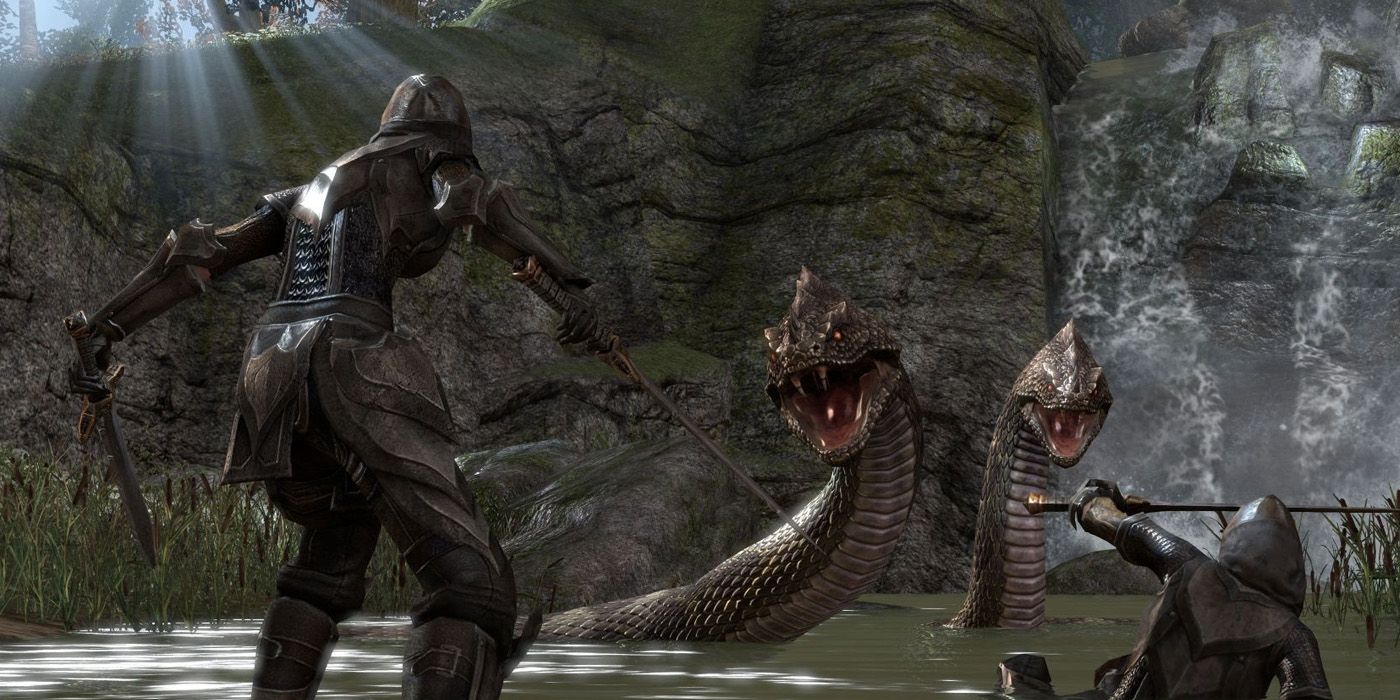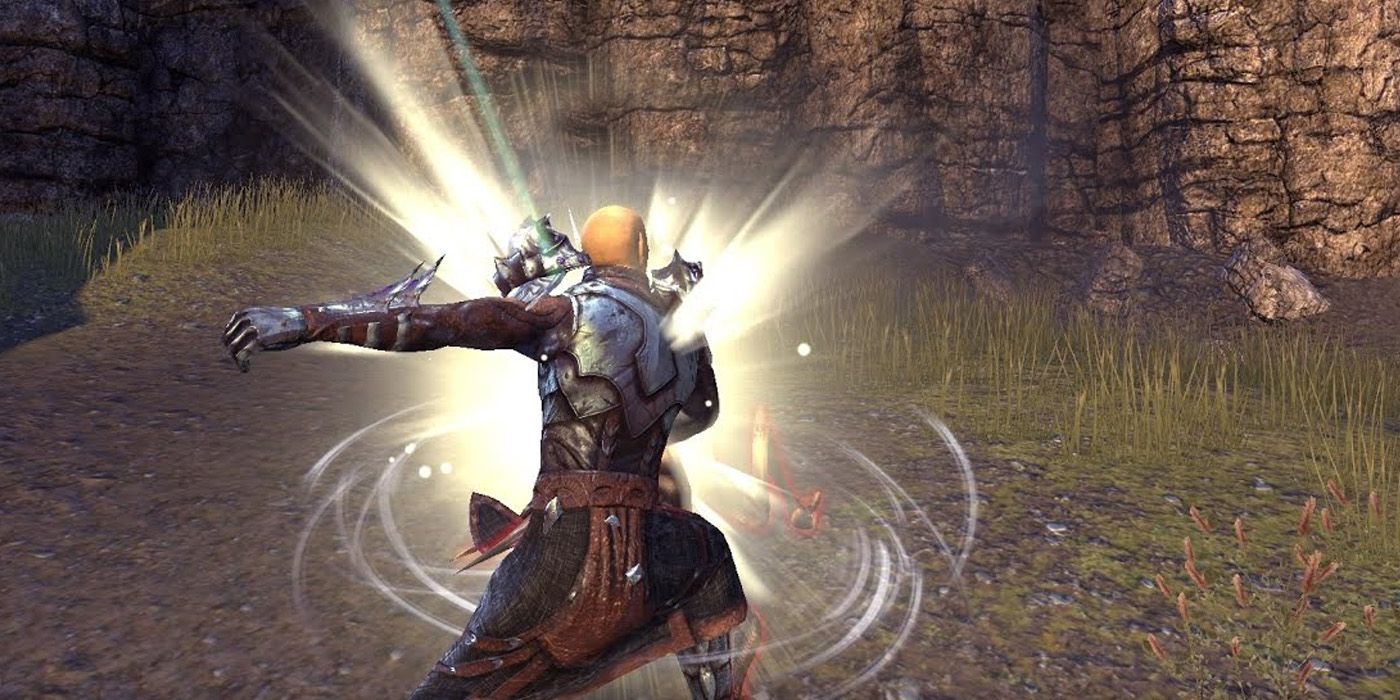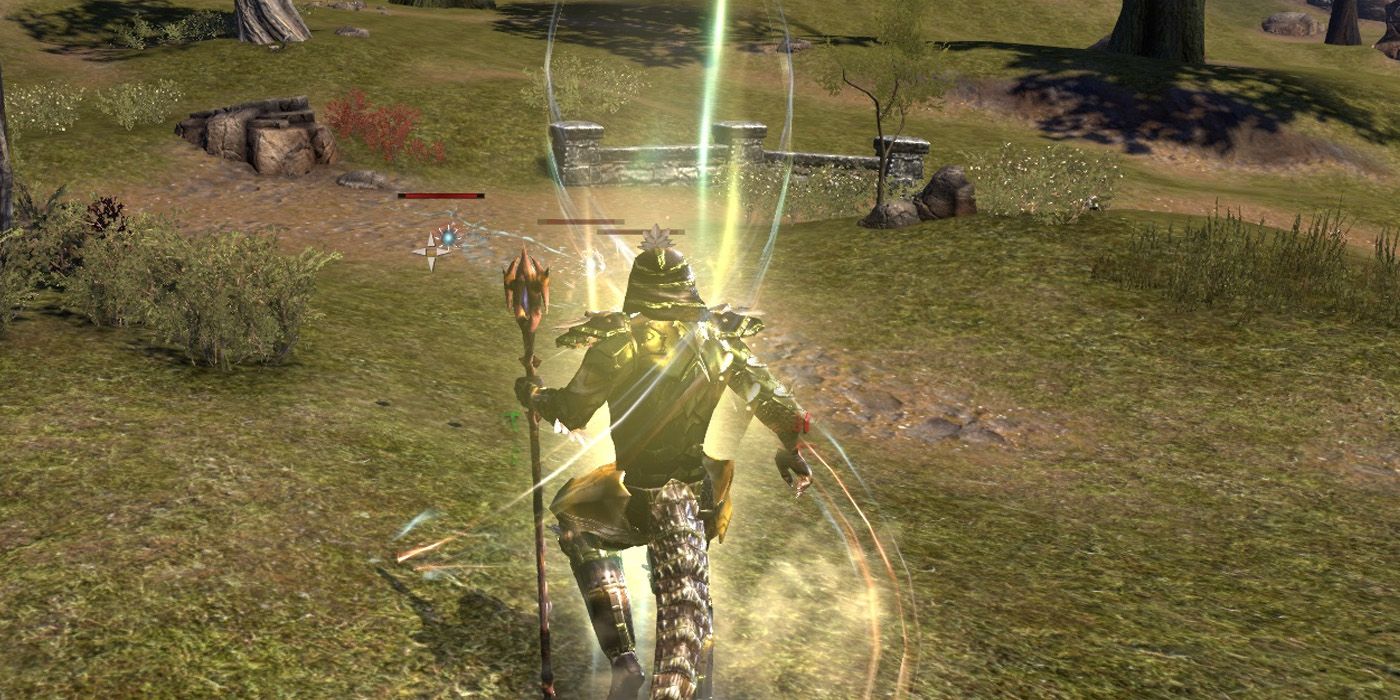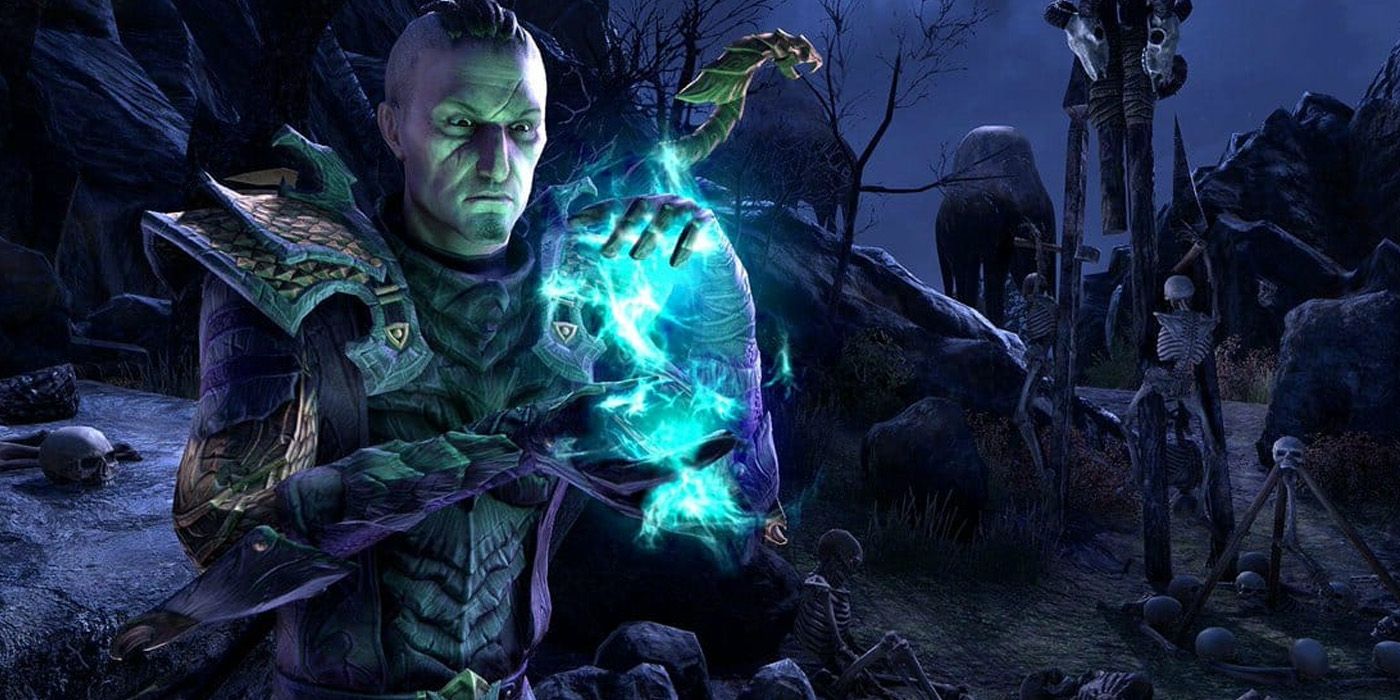Fans of Bethesda's The Elder Scrolls can finally share their adventures with their friends in The Elder Scrolls Online. Thanks to the MMO, fans can craft their own story in Tamriel while interacting with various players out to make legends of themselves. Moreover, stronger players can test their mettle in various Trials, or the game's equivalent of MMO raids. Thing is, raids also require party members to take on various roles. And as most MMOs demonstrate, Healers get the brunt of making sure the party survives the entire experience.
Unfortunately, one wrong move can cost the Healer to leave the party left for dead. As such, how should Healers participate in Trials to make sure their party survives the encounter? Just what things should Healers do and avoid to ensure they never encounter a party wipe? Here are some tips:
10 Establish A Basic Flow
Players should remember that while Trials accommodate 12-man teams, healing spells affect six people at the most. As such, most Trials teams accommodate two healers. However, healers shouldn't necessarily overcast their heals and waste Magicka.
Healers should establish a "flow" that they can adjust from depending on the situation. In most cases, healers should set up healings-over-time (HOTs) and areas-of-effect (AOEs) on their group. Afterward, healers should try to debuff enemies to boost overall damage. Lastly, healers should reset their HOTs and AOEs when they expire.
Remember, not all of those party members should be taking massive damage at the same time. Ideally, tanks and off-tanks should be taunting enemies enough to gain aggro, while the other damage dealers take minimal damage. Additionally, most class builds also make room for sustain and basic heals.
9 React, Don't Rotate
Thanks to ESO's character progression system, there's no "perfect rotation" for any kind of healing build. Instead, healer prospects should learn how to react to situations instead of relying on a set rotation. After all, party members can do different things at once, and healers should keep an eye out for these behaviors.
For instance, after setting down the aforementioned heal-debuff "flow," healers should stay alert of when to cast certain abilities. Ideally, healers should buff ally performance with abilities such as Combat Prayer (Restoration Staff) and Aggressive Horn (Assault). However, in dangerous situations, healers should tap into their burst heals.
8 Focus On Magicka
Healers should remain mindful of the kind of weapons, gears, and enchantments they possess when focusing on the healer role. In terms of gear, Light Armor suits healers best as they grant Cost Reduction, Magicka Recovery, and Spell Critical for spell potency.
Meanwhile, healers should also focus on Magicka-focused glyphs for their armor, preferred weapon, and jewelry. As such, glyphs that grant Absorb Magicka and Magicka Recovery easily boost a healer's overall Magicka pool and reasonable recovery rate.
7 Consider Spell Potency
The potency of a healing spell depends on its nature. In essence, Magicka-based heals gain strength depend on Max Magicka, Spell Damage, and crits via Spell Critical. Meanwhile, Stamina-based heals depend on Max Stamina, Weapon Damage, and crits via Weapon Critical. Likewise, players who want to have more combat-oriented healers such as Templars should play with their stats based on these considerations.
Moreover, given that most heals rely on Magicka, it makes sense for healers to be Magicka-focused. Likewise, Health easily becomes a top priority to ensure healers can soak damage while doing heals. In turn, these factors explain why healers also prioritize spells that give them Magicka and Health sustain, be it in the form of heals, lifesteal, or even Magickasteal.
6 Adjust Based On The Party
Healer prospects should learn how to adjust their builds based on the party's needs and preferred approach. This factor also justifies why healers should react instead of rotate, as "preferred rotations" might not work for specific party setups.
For instance, most parties will have a balance of spellcasters and melee fighters. However, healers should take note of party setups with more spellcasters such as Sorcerers as well as those with more Stamina-reliant builds. In these situations, healers should consider equipping spells that help boost Magicka or Stamina recovery, respectively.
5 Learn The Mechanics
Bosses and stages in Trials usually have special mechanics that diversify the flow of combat. While all roles need to learn these mechanics to perform better, armored tanks and healers should take note of these quirks the most. After all, certain mechanics become deadly without the right supervision. However, some mechanics also don't need as much support from healers. In turn, healers should learn to anticipate when to heal, especially when encountering boss maneuvers and attacks.
For instance, Darkshade Caverns 2 has the Engine Guardian as its last boss. Ordinarily, a party can go through the boss fight without a hitch. Unfortunately, the Engine Guardian's Poisoned Air deals powerful damage-over-time that can easily wipe out the party if the healer doesn't stack their heals right.
4 Right Place, Right Time
Aside from resource management, healers work best when they know when to heal allies and from where it's best to heal them. In turn, healers need to position themselves properly to maximize their healing. Generally speaking, healers work their magic best when healing behind their allies. As such, healers working with spread-out parties need to dish out their AOEs and HOTs.
Moreover, healers should note which spells stack as well as other important timing components such as range and duration. Thanks to these elements, healers can take note just which spells to cast when enemies prepare heavy attacks and other crucial situations.
3 Never Just Healing
Healers might soon notice that most healing spells in ESO take the form of Smart Heals, or spells that automatically target the ally with the lowest Health. Since Smart Heals make healing easy, healers like Wardens should also focus on two other aspects: boosting party damage and debuffing enemies.
For instance, Combat Prayer serves as a go-to spell for healers, as this also provides Minor Berserk (more damage) and Minor Resolve (more magical defense).
Elemental Drain (Destruction Staff) serves as a great example of a debuff, as it grants Major Breach (less magical defense) and Minor Magickasteal to enemies.
Lastly, Aggressive Horn serves as a major buff. This Ultimate grants a 10-percent boost to Maximum Stamina and Magicka, enabling allies to dish out more damage and deadlier spells.
Outside these spells, healers should focus on using their sustains to ensure they always have a steady stream of Magicka on hand.
2 Tap Into Passives
Healer prospects who want to maximize their healing efficiency should consider how their Racial Passives affect their performance.
For instance, the Breton's natural attachment to magic grant them great survivability and sustain. Gift of Magnus and Magicka Mastery passives make Bretons apt for spellcasting, giving them a healthy Magicka pool for healing. These perks make Bretons great for starting healers or spellcasters at large.
Spellcasters would also appreciate the Altmer's better spell power thanks to Spell Recharge, albeit at the cost of sustainability. This caveat means Altmers will likely get more powerful burst heals but need to keep track of their resources more.
Meanwhile, Argonians get some resources back whenever they drink potions (Resourceful). Additionally, Nords gain some of their Ultimate whenever they take damage, making them great for burst-type healers.
Vampires prior to the Greymoor Expansion used to have Supernatural Recovery, which can boost Magicka and Stamina recovery up to 10-percent. Unfortunately, this benefit doesn't exist in the current ESO meta.
1 Synergize Based On Classes
Interestingly enough, all classes in ESO have access to some form of healing abilities. However, some classes undoubtedly seem more equipped for healing roles than others. As such, players should take note of their abilities and the innate healing abilities of their allies.
For instance, Templars and Wardens naturally make great healers, given their dedicated healing trees. Meanwhile, the Necromancer does have its dedicated healing line but they also excel in dealing extra damage to foes with their unique mix of spells.
Meanwhile, despite the lack of a healing skill tree, Sorcerers, Dragonknights, and Nightblades have natural healing abilities that make them sustainable in combat - and may even become healers.



